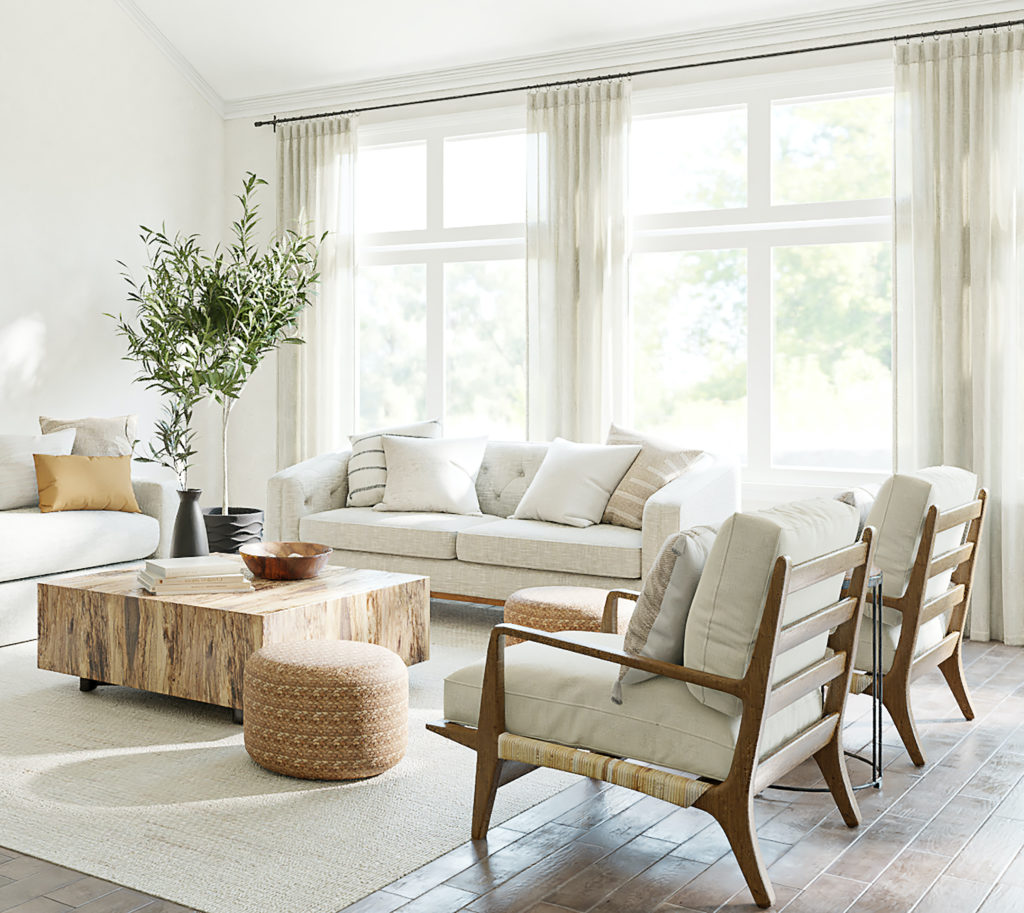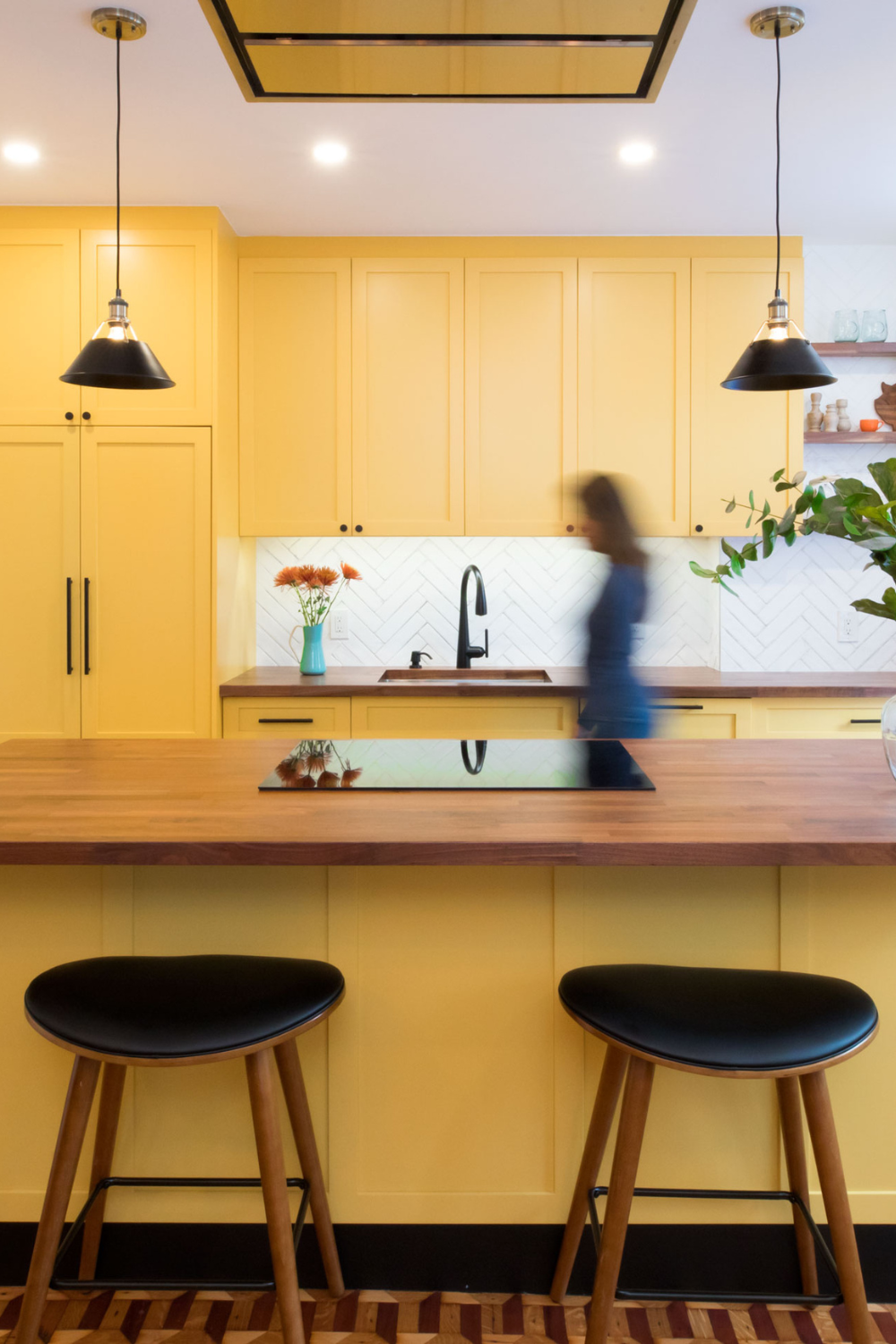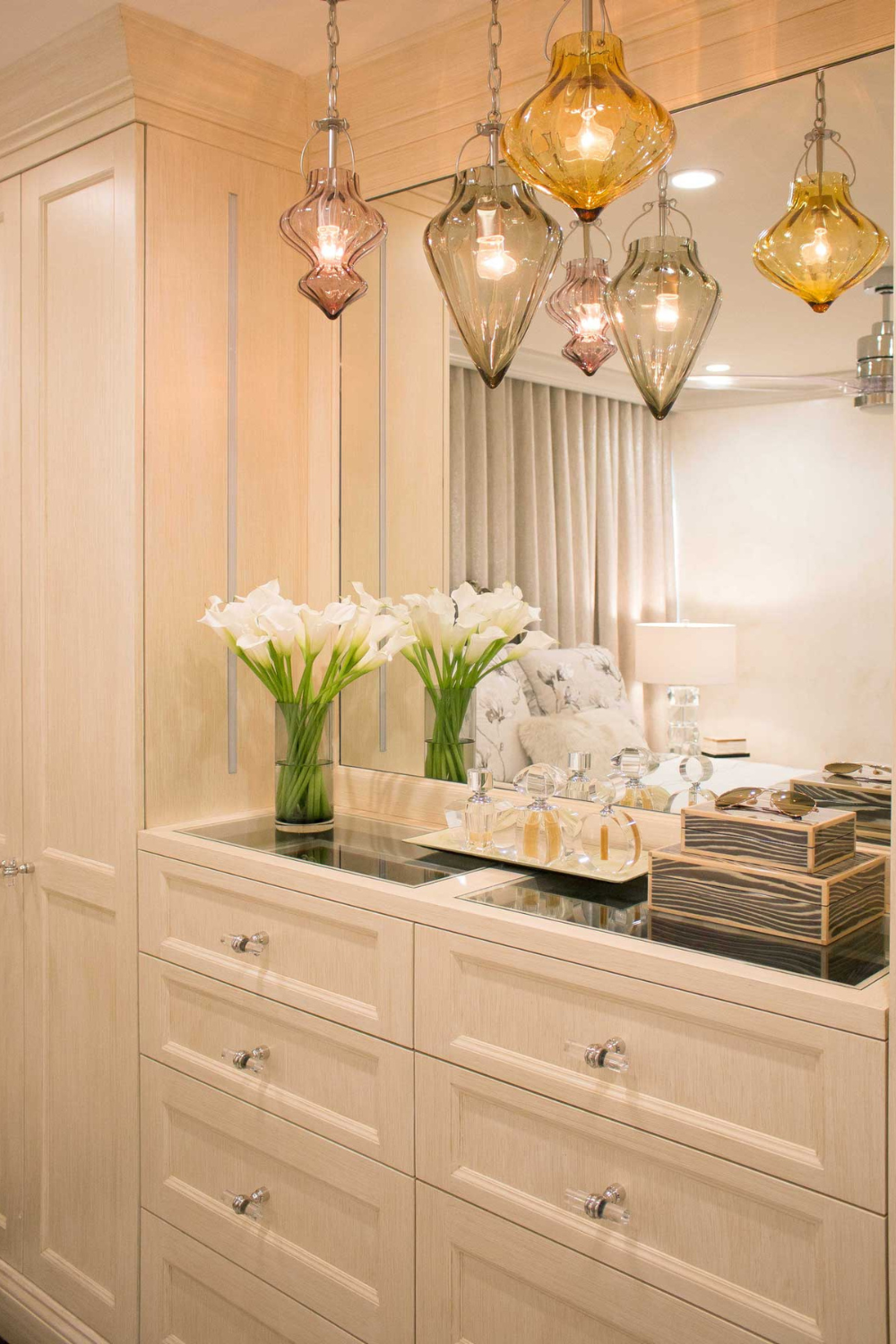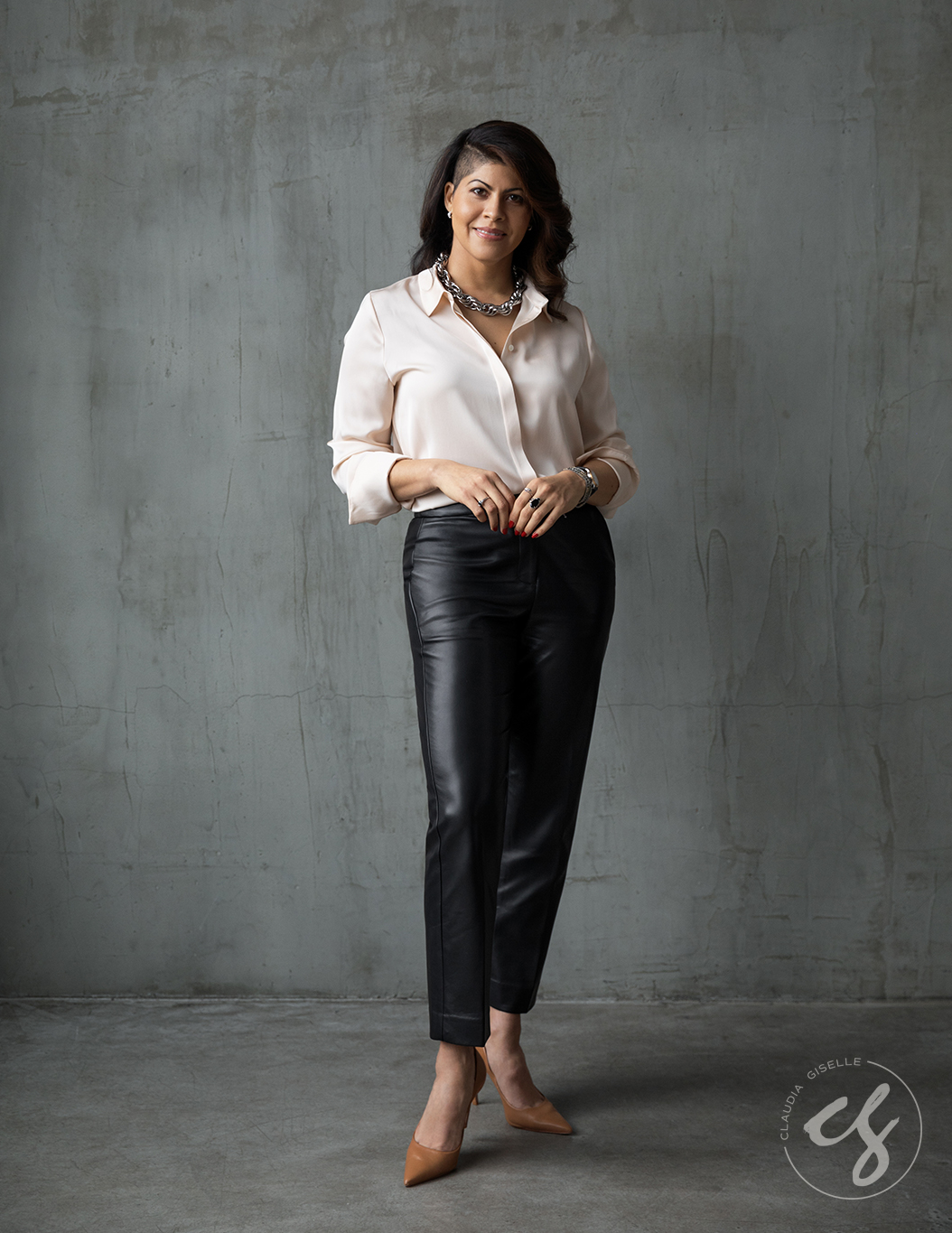
If you have a living room, you probably own an ottoman or two. This piece of furniture plays a key role in sitting and living rooms, and goes by many names: footstool, tuffet, and, my personal favorite, tumpty (for certain residents of England). These days, it comes in many sizes and shapes, and we use it both for seating and as a table surface. But where did it originate in name and form?

Origin
It will surprise no one to learn that we owe our thanks to the Ottoman Empire for this item. Its earliest versions sound pretty similar to what we recognize today. In fact, historians describe its origin as a low, wood platform on which cushions stack [1]. In the Ottoman Empire, it was often the central piece of furniture in a room. Many of the later European versions don’t so obviously resemble what we recognize today.
Historically, it was introduced in Europe in the 18th century from Turkey. As time wore on, it took on different forms, including styles of seating that we might associate more with sofas, chairs and loveseats. The preponderance of circular seating structures in French decor during the 18th and 19th centuries took its influence directly from Turkish sources.
Contemporary Versions
This style of seating still bears the name Ottoman, but it shares that label with our contemporary version, which is low, has no arms or back, and is almost invariably upholstered. Its size and shape identifies it as seating, table or footrest, though it sometimes serves multiple purposes.
Early on, the European version was a four-legged footstool for resting in front of the fire [2]. As it evolved through the centuries, it eventually took on its familiar form. It has since morphed into virtually any shape and size, with or without prominent legs.
A Key Piece of Furniture
A well placed ottoman lends comfort and style to a room, as well as function. It can be small and low for resting the feet. It can be the height and size of a large coffee table, where it functions as both surface for serving, and as a seating area for many people. Depending on its proportions, what materials it incorporates or where you place it, its uses vary.
The Ottoman can create a focal point in your living room, or it can exist more as an accessory to the other furniture. It really depends on what you choose and what role you wish it to play.
As an Amazon Associate, this site may contains affiliate links and I can earn from qualifying purchases at no cost to you. View disclosure for more information.
I'm Claudia. Welcome to my Interior Design blog! I'm thrilled to share my expertise and passion with you. With over 20 years in the industry, I'm a Certified Interior Designer, holding an NCIDQ Certification, and an educator. Interior Design isn't just my career—it's my passion. Dive in to explore more about me. Click here to learn more!
Hi Friend!
Stay inspired—join our design community by subscribing to the blog today.
subscribe now
Other Posts You Might Like
©2025 Claudia Giselle Design | Interior Designer | Brooklyn, New York
Legal
BACK TO TOP
Testimonials
718-255-5949
Press
office@claudiagiselle.com
MENU
We create thoughtful, personalized interiors for those who value quality and beauty in every detail — serving NYC, Manhattan, Brooklyn, Long Island, the Hamptons, and the Hudson Valley (including Westchester and Dutchess County) & Beyond.
Timeless Classicism with a
Bold Touch of Elegance
Home
Services
Process
About
Blog
Portfolio
Scheudule a Consultation
GET IN TOUCH
Contact





